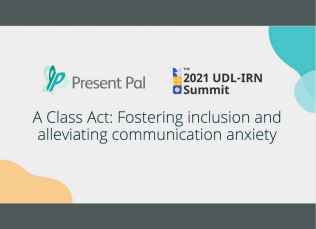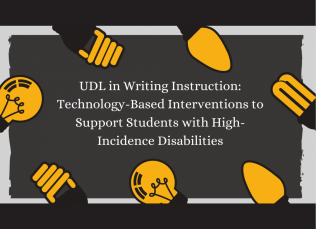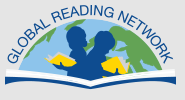About
Children with disabilities are among the world’s most marginalized learners, and are disproportionately affected by the global learning crisis. Over 100 million children with disabilities worldwide are deprived of a meaningful education, leaving them without marketable skills and with little possibility of pursuing further education. Learners with disabilities represent a significant percentage of the 387 million primary-age children around the world who are unable to read, write, or do math. The human and dollar cost of this exclusion is significant. Countries lose billions of dollars of potential income when people with disabilities are not educated or working.
USAID’s Education Policy, and The U.S. Government Strategy on International Basic Education, call for a world where education systems in partner countries enable all individuals to acquire the education and skills needed to be productive members of society. USAID recognizes that, in order to improve learning outcomes worldwide and to expand access to school for the most marginalized, we must prioritize the education of learners with disabilities. At USAID, we understand that disability-inclusive schooling improves educational outcomes for all. We also partner with our fellow U.S. government agencies to promote a holistic approach to education for students with disabilities, so that they can both attend school and learn essential skills for future study and employment.
USAID is firmly committed to ensuring that national governments and their donor and civil society partners, particularly Disabled Persons Organizations (DPOs) and the families of children with disabilities, have the resources they need to enable students with disabilities to learn to read. Reading is the foundational skill necessary for all other academic progress. Sadly, in many contexts, children with disabilities are unlikely to go to school, let alone learn to read. Yet, we know that, through knowledgeable collaboration between education authorities, schools, DPOs, parents, and communities, we can create learning environments where students with disabilities learn to read.
This toolkit is designed to provide educators and their partners with a first-of-its-kind resource to do just that. Readers will find here easy-to-use explanations of the principles of universal design for learning (UDL). UDL is an approach to instruction that prioritizes meeting the needs of learners with disabilities. When UDL is applied to reading instruction, both students with and without disabilities learn how to read and prepare themselves for lifelong success.
Authors/Creators
Anne Hayes, M.Ed.
Ann Turnbull, Ed.D.
Norma Moran, M.A.
Organization/Publishers:
United States Agency for International Development (USAID)
Share this resource:
Posted date:
February 5, 2020
Access the full resource here if it does not render.
Document Title:
Universal Design for Learning to Help All Children Read





